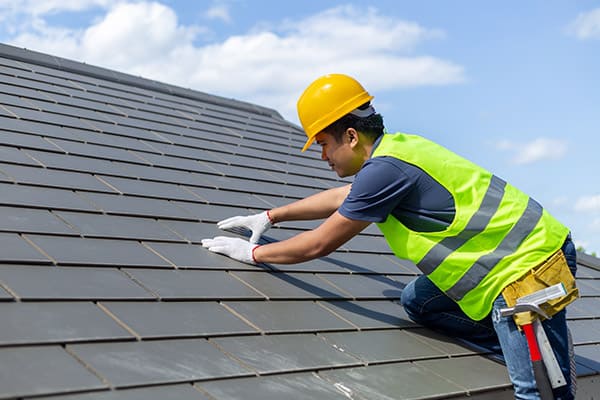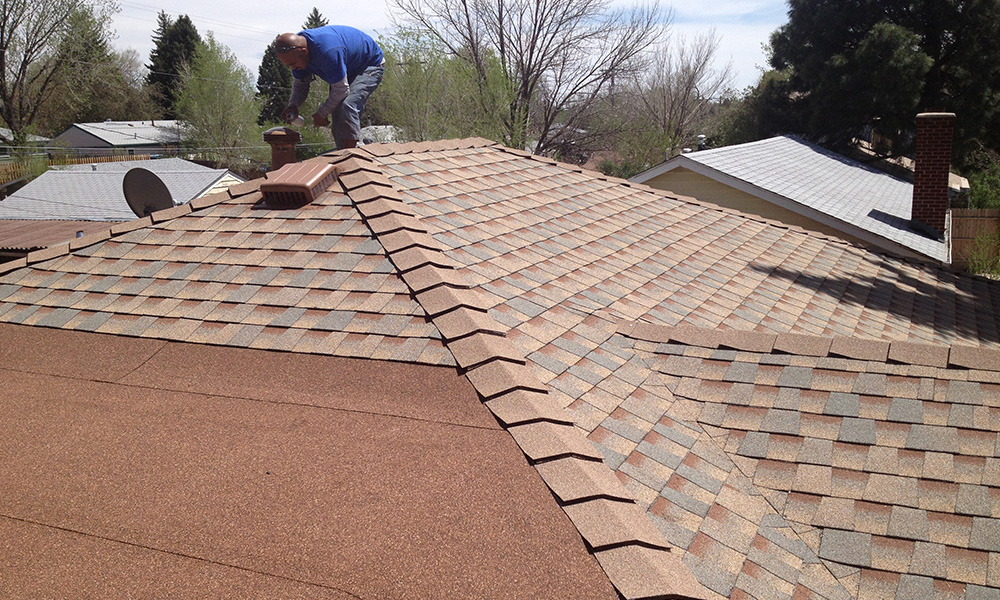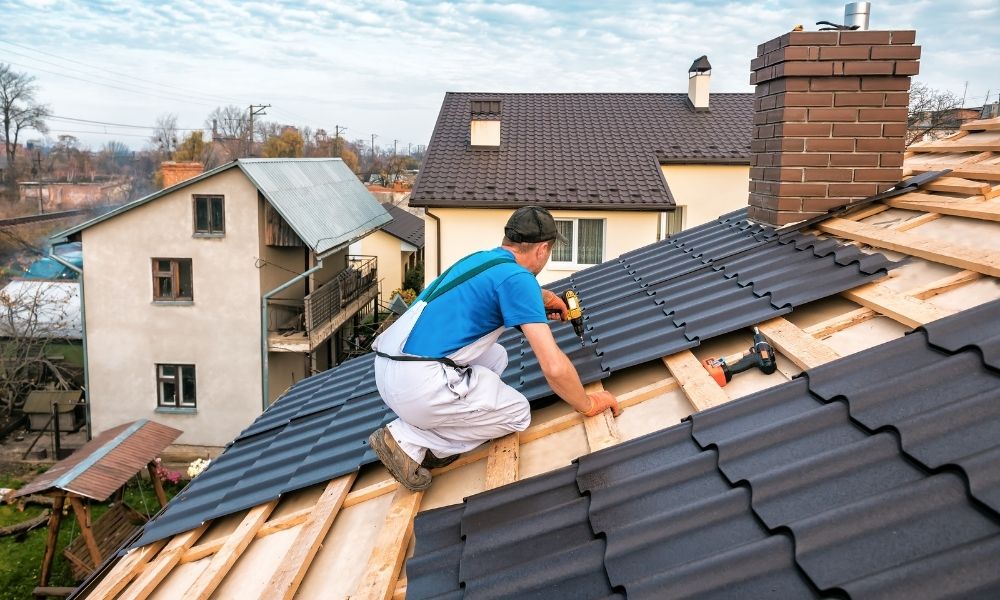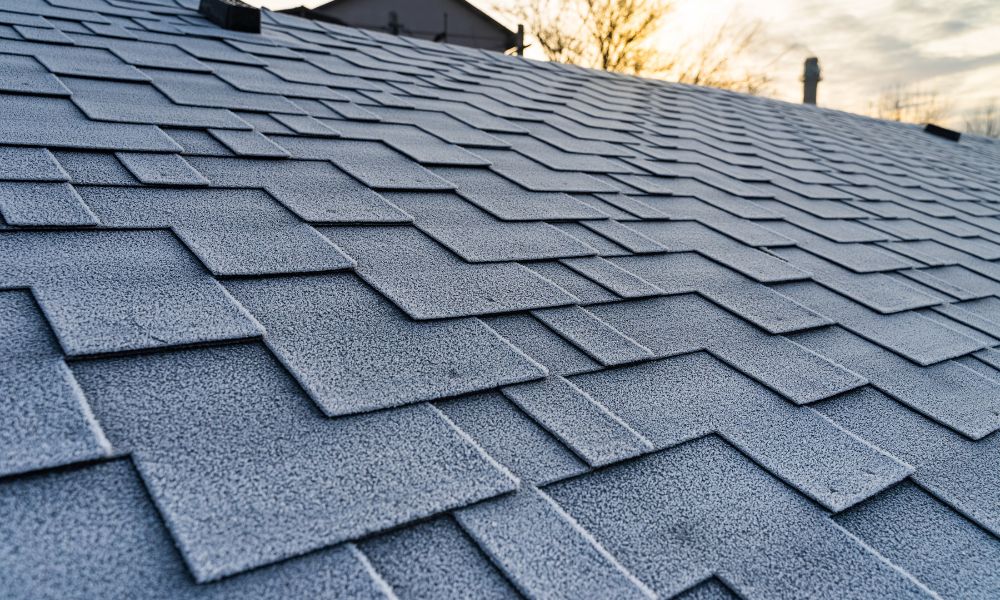Roofing is an essential part of any home construction or renovation project. A well-maintained roof not only enhances the aesthetic appeal of your home but also provides protection against the elements. Whether you are building a new house or replacing an old roof, it is important to have a comprehensive understanding of the roofing process. This complete guide will provide you with all the information you need to successfully roof your home.
1. Assessing Your Roofing Needs
The first step in roofing your home is to assess your roofing needs. Consider the type of roof you want, the materials you prefer, and the overall budget for the project. Think about the climate in your area and any specific requirements or regulations that may apply.
2. Choosing the Right Roofing Materials
There are various roofing materials available, each with its own pros and cons. Some popular options include asphalt shingles, metal roofing, slate tiles, and clay tiles. Consider factors such as durability, cost, aesthetics, and maintenance requirements when choosing the right roofing material for your home.
3. Hiring a Professional Roofing Contractor
Roofing is a complex task that requires specialized skills and expertise. It is highly recommended to hire a professional roofing contractor to ensure a successful and safe installation. Research local roofing companies, check their credentials, and request quotes from multiple contractors to make an informed decision.
4. Obtaining the Necessary Permits
Before starting the roofing project, it is essential to obtain any required permits or approvals from your local authorities. These permits ensure that the roofing work complies with building codes and regulations. Contact your local building department to understand the specific requirements for your area.
5. Preparing the Roof
Prior to installing the new roof, the existing roof needs to be prepared. This involves removing any old materials, inspecting the roof structure for damage, and making necessary repairs or reinforcements. Ensure that the roof deck is clean, stable, and ready to support the new roofing system.
6. Installing the Roofing System
Once the roof is prepared, the actual installation process begins. The specific steps will vary depending on the chosen roofing material. It is crucial to follow the manufacturer’s instructions and industry best practices during installation. This includes properly sealing the roof, adding insulation, and ensuring proper ventilation.
7. Regular Roof Maintenance

After the new roof is installed, regular maintenance is necessary to prolong its lifespan and prevent any potential issues. This includes periodic inspections, cleaning debris, removing moss or algae, and repairing any damaged areas. Regular maintenance will help identify and fix any problems before they escalate.
8. Roofing Safety Tips
Roofing work can be dangerous, so it is important to prioritize safety. Always wear appropriate protective gear, use ladders and scaffolding correctly, and follow safety guidelines. If you are not comfortable working at heights, it is best to leave the roofing job to professionals.
Roofing your home is a significant investment, and following a complete guide ensures that the process is smooth and successful. Assess your needs, choose the right materials, hire a professional contractor, obtain permits, prepare the roof, and install the roofing system following industry best practices. Regular maintenance and adherence to safety guidelines will ensure the longevity and functionality of your roof. By following this comprehensive guide, you will have a beautiful and reliable roof that protects your home for years to come.




